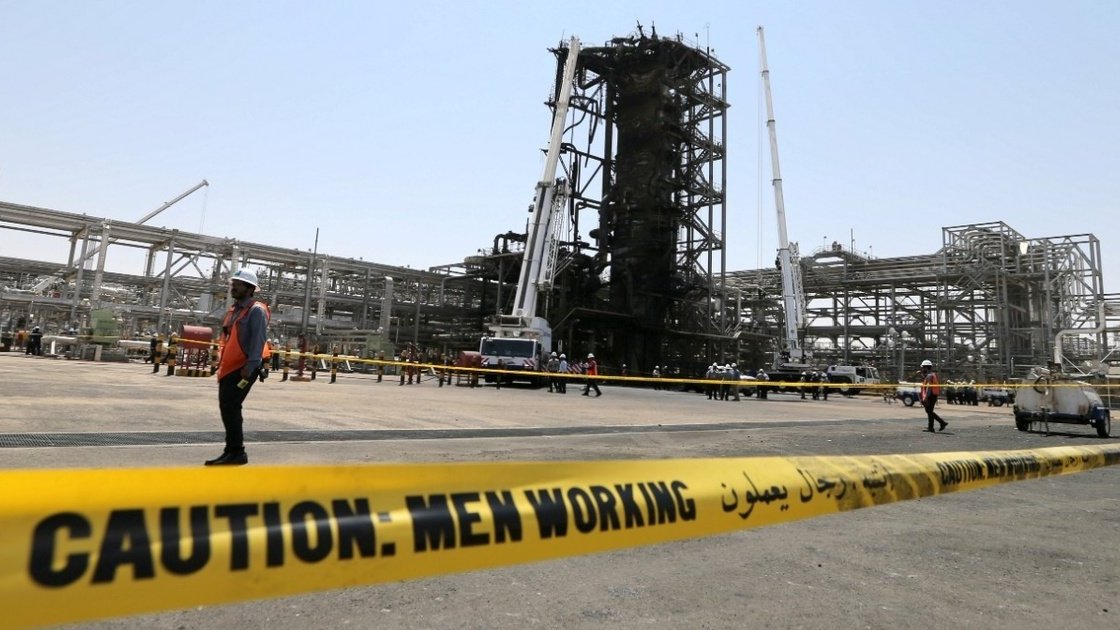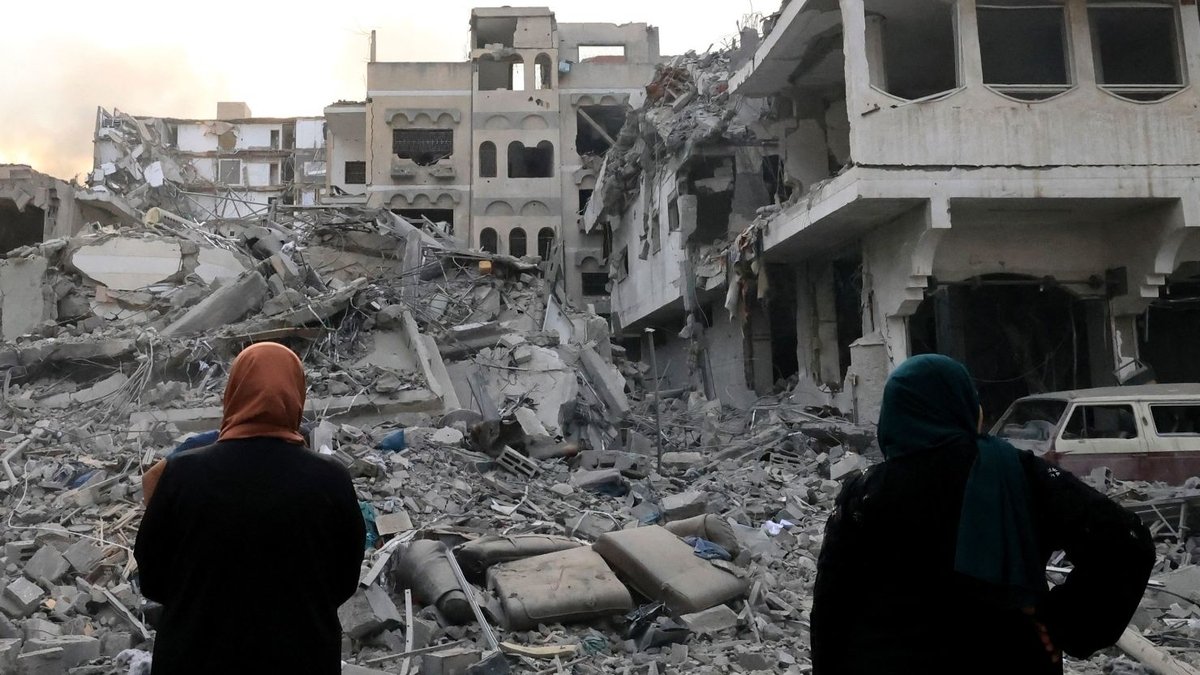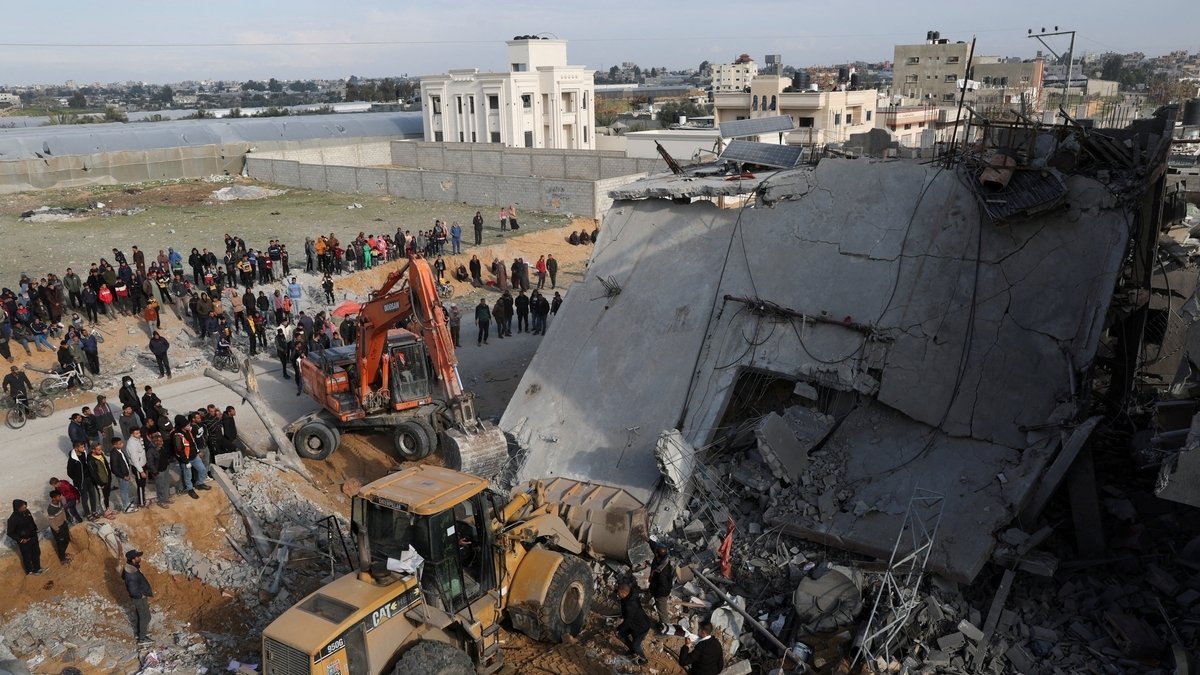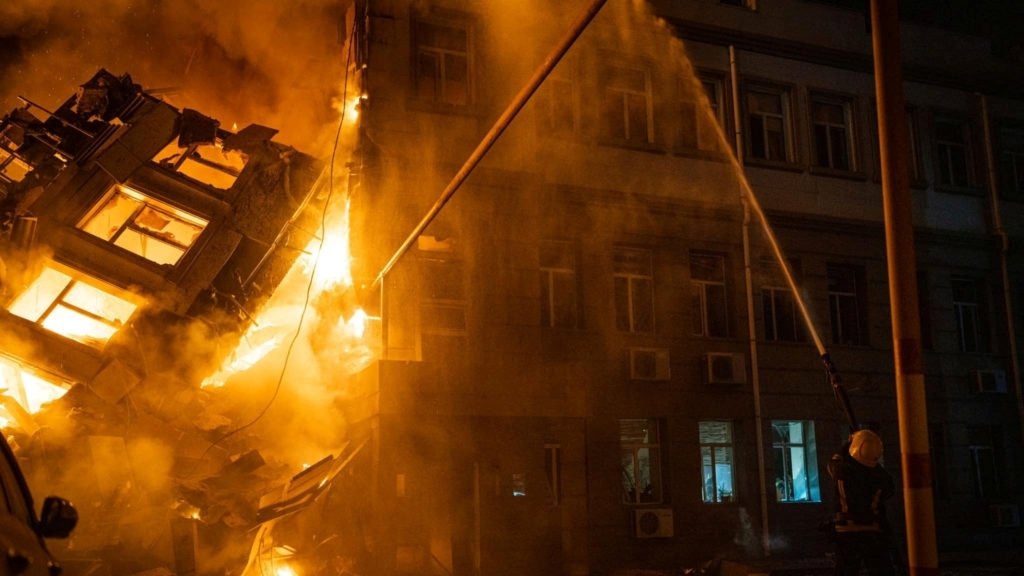The cement industry in Iran is facing difficulties due to shortages of natural gas during winter. As a result, there has been a significant increase in the use of low-quality residual heavy fuel oil, known as mazut. This shift not only raises costs but also contributes to pollution, which is a concerning consequence of the impending energy crisis.
Dependence on Mazut
Ali-Akbar Alvandian, Secretary of the Association of Employers of the Cement Industry in Iran, has confirmed that the consumption of mazut has surged by seven times. He has revealed that a staggering 70% of cement production now heavily relies on this inferior fuel. Due to gas shortages, the daily usage of natural gas in cement factories has dropped to 6 million cubic meters, a sharp contrast from the usual 27 million in winter.
Impact of Fuel Shortages on Heavy Industries
Despite having substantial natural gas reserves, Iran is currently grappling with fuel shortages. This crisis has arisen from the increased demand in power plants, households, and small industries, leading to a decrease in natural gas supplies to heavy industries. Consequently, sectors such as cement production, steelmaking, and petrochemicals are bearing the brunt of these shortages.
The petrochemical sector, in particular, has been severely affected, resulting in an $800 million decline in exports, according to Mehdi Mahdavi Abhari, Secretary-General of the Petrochemical Employers Association.
Efforts to Address the Crisis
In an effort to mitigate the supply issues, Iran has recently commenced production from the Phase 11 development stage of the South Pars gas field. However, the situation is far from resolved. Arash Najafi, head of the Energy Commission of Iran’s Chamber of Commerce, has warned that the gas shortages could potentially render some oilfields unproductive due to insufficient gas for re-injection to maintain oil flow.














